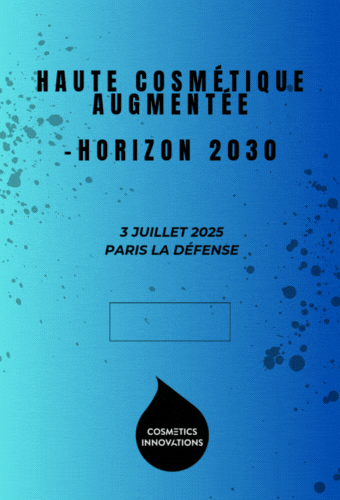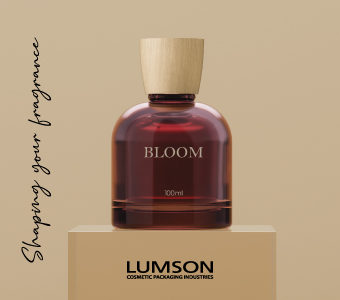L’Oréal has been present in India for 18 years with a portfolio of 15 brands, growing at an average annual growth rate of 30%. The Group is number 3 of the beauty sector in India, with 10% market share in urban areas [1].
Optimal catering
In order to cater to this market optimally, the cosmetics Group has launched several brands covering various product categories, including: mass consumer brands Garnier, L’Oréal Paris and Maybelline New York; luxury brands Lancôme, Yves Saint Laurent, Kiehl’s, Ralph Lauren, Giorgio Armani and Diesel; professional brands like L’Oréal Professionnel, Matrix, Kérastase and Kéraskin Esthetics for salons and pharmacy brands Vichy and La Roche-Posay.
“L’Oréal’s rapid success in India can be explained by its ability to adapt to the demands of a market where cosmetic routines and purchases are firmly anchored in tradition,” explains the French cosmetics giant. For instance, in order to take into account local standards of living, the range of packaging options - and therefore of prices - has been widened.
Thus, Garnier Fructis shampoos are available in sachets costing 1.5 rupees (0.02 euros). Of course, such prices are only possible through local production and raw materials supply, in particular with the Pune plant that supplies nearly 85% of L’Oreal’s sales in India. Established in India since 1994, Garnier has succeeded in becoming the leading multi-category beauty brand in the country, with nearly 750,000 points of sale, both in the traditional network of neighbourhood shops (which account for 82% of L’Oréal sales in India) and in the modern supermarket network (accounting for 18%).
Indo-vation
To better understand the aspirations of the Indian middle class, L’Oréal took a decisive step two years ago when it decided to set up a research and innovation centre with evaluation and formulation laboratories in Mumbai.
Thanks to a key consumer insight, L’Oréal seized the opportunity to meet the needs of this demanding clientele by offering Indian women products that are modern and innovative yet specific to their existing beauty habits.
Thus, Several essential products from the Indian beauty culture have inspired the French multinational’s range. For instance, the importance of hair care in India was behind the Garnier launch of a Fructis 2-in-1 shampoo (shampoo + hair oil), specially designed according to the tradition of oiled hair. Similarly, Garnier Color Naturals coloration was introduced as a modern alternative to traditional coloration with henna.
As per the top-selling Colossal Kajal from Maybelline New York, it was inspired obviously by women’s use of traditional kajal to line their eyes.
A promising market
Although cosmetics spending is still relatively low in India, in particular if we consider the overall population, the outlook is encouraging. The Indian cosmetics market registered impressive sales worth Rs 264.1 billion (US$ 4.75 billion) in 2011. The industry is estimated to expand at a compound aggregate growth rate (CAGR) of around 17 per cent during 2011-2015, according to RNCOS latest research report.
Boosted by the growing importance consumers give to their appearance, it has enjoyed double-digit growth in recent years (+13% in 2010), recording the highest growth of any country in the Asia-Pacific region.





































